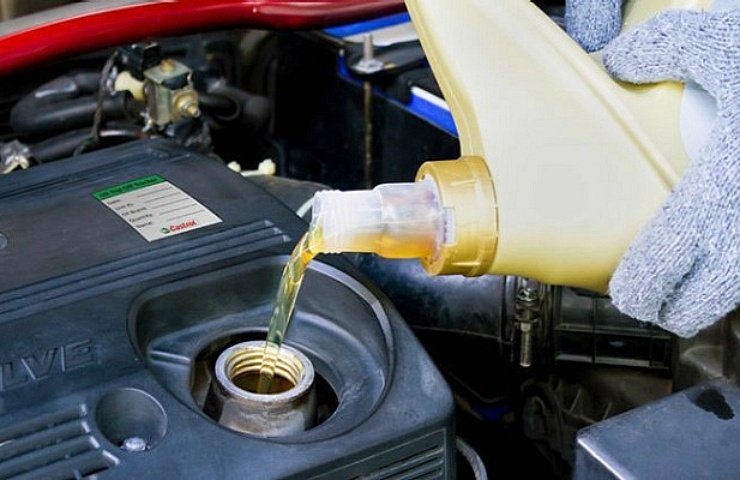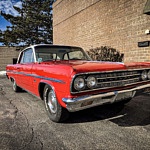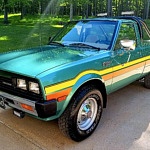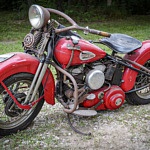Contents
There’s no replacement for displacement, as the saying goes. Of course, a bigger engine or turbocharging increases power output. But let’s not overlook the meaningful and immediate gains available from choosing the right gasoline, oil, and coolant for a high-performance engine.
High-Octane Gasoline
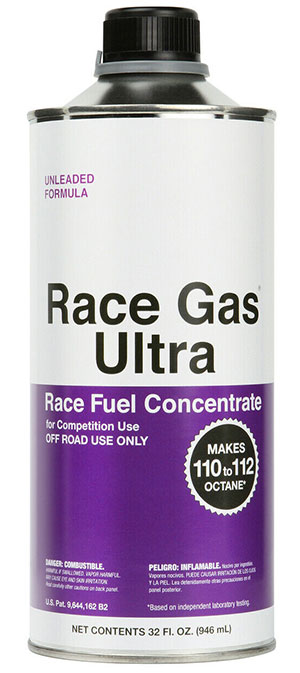
A fuel’s octane can be boosted with an additive.
Gas stations offer fuel at three different octane ratings: regular, mid-level, and premium. But is there a difference? You bet.
When engines compress air and fuel, part of the mixture can pre-detonate (or ping) before the spark plug ignites the fuel. Octane is a measure of the fuel’s resistance to that premature ignition. Insufficient octane robs the engine of power and can be harmful to the machine over time.
- In the US, most regular gas is 87 octane.
- The mid-level gasoline is often listed as 89 octane.
- And premium ranges from 91 to 93 octane, depending on location and brand.
The octane rating does not indicate the gasoline’s energy content but only its resistance to knocking. Most engines are okay using regular gasoline. However, high-compression engines generally require higher octane grades. Some cars like the Chevy Corvette and most BMW models recommend high-octane fuel. Also, increased octane levels provide more latitude to tune the engine for higher output.
It’s possible to buy so-called race gas with octane ratings up to 110. But, again, this high rating does not mean the fuel produces more power. Instead, race fuel is well suited to engines with up to 13:1 compression ratios.
Dragsters use race gas, but everyday commuters can’t buy this fuel at the pumps. An alternative is to use a fuel additive blended with pump gasoline to raise the octane level. A few ounces added to a gallon of gas increases the octane rating by a few points.
Thinner Motor Oil
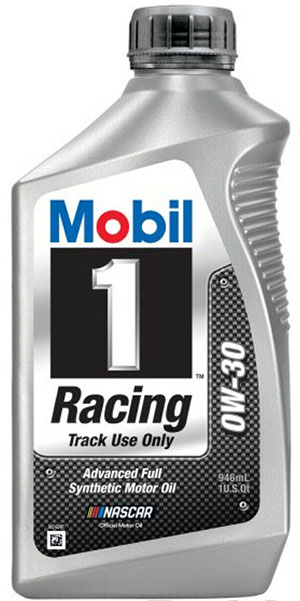
Racing oil is intended for off-road use only and requires frequent drain intervals.
Oil is an essential lubricant for an engine. Lower weight oils allow the engine to move easier with less wear on the metal parts. Meanwhile, oils with higher weight are thicker and flow slower.
Most oils come with two numbers, such as “5W30.”
- 5 represents the viscosity when cold (in the winter)
- 30 represents what the viscosity is when warmed up
So, when the engine is cold at startup, the oil flows easier—and then it later performs like 30 weight oil when warmed up. Engine manufacturers like oil to quickly flow to ensure parts are lubricated.
Carmakers recently started to require lower-weight oils. The thinner oils allow the engine to move easier and help increase the gas mileage.
- Most high-performance engines call for thinner oil, over 30 weight. For example, the Corvette C8 requires 40 weight while the BMW M Series specs 60 weight oil. Check your owner’s manual or fill cap on the engine.
- Consider using synthetic oil, which flows better at lower temperatures but remains consistent at higher temperatures.
- Motor oil treatments (or additives) are often pitched to extend service intervals or increase mileage. But nearly any name-brand oil can run an engine at its peak.
High-Quality Coolants for Higher Temperatures
Coolants, or antifreeze, circulate through an engine to prevent overheating. Without antifreeze added to the water in the car’s coolant system, the water might freeze during frigid winter conditions.
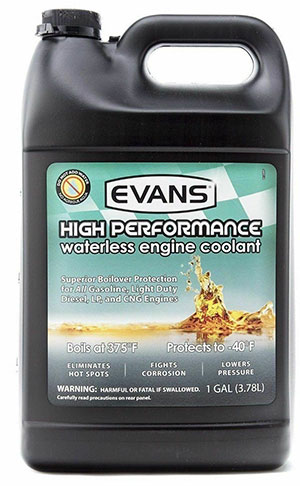
Premium antifreeze helps keep a high-performance engine running cooler.
Antifreeze comes in many different colors and compositions. The colors originally represented what compounds were used in the antifreeze.
- Green used to be standard, and orange coolant offered extended use.
- Red and blue hues indicate even longer life.
- But colors are no longer a consistent measure of the chemicals used.
Since high-performance engines generate more heat, quality antifreeze is critical. Some flow quicker or have higher boiling points to help keep an engine cooler. For example, Evans waterless antifreeze has a boiling point of over 375 degrees. And Redline’s Water Wetter helps antifreeze flow with more cooling capacity.
For ease of use, many coolants are pre-mixed with water. Yes, you might be paying for a gallon of liquid that’s mostly water. But it’s convenient to know that you have the right proportions when topping off the radiator.
Shop now for antifreeze
